Exploring the architectural wonders of Chicago just got more immersive with the city’s new self-guided app and audioguide. This interactive experience takes visitors on a captivating journey through the Windy City’s landmark skyscrapers, historic gems, and innovative designs. Listeners can explore the creative visions and construction stories behind these iconic buildings, accompanied by ambient soundscapes that transport them to the era they were built. With the app’s enriching, behind-the-scenes look at Chicago’s architectural heritage, visitors can discover hidden gems and capture the essence of the city’s unique skyline. Preparing to embark on this architectural adventure might just be the start of an unforgettable exploration.
Key Points
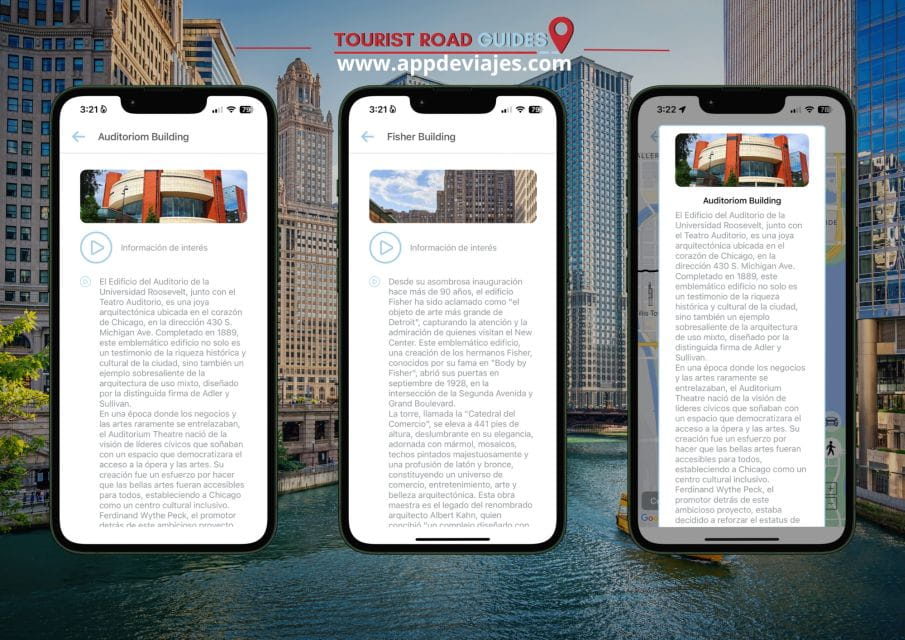
- A self-guided architecture tour app with an audioguide that provides detailed narratives about Chicago’s iconic skyscrapers, historic buildings, and architectural innovations.
- Expert insights from local historians and architects, offering a behind-the-scenes look at the creative visions and construction details of Chicago’s architectural wonders.
- Immersive experience that allows explorers to delve deeper into the histories and design elements of the city’s architectural landmarks, from the Willis Tower to the Monadnock Building.
- Opportunities for curious explorers to uncover the rich tapestry of Chicago’s architectural heritage, including lesser-known gems like the Chicago Board of Trade Building.
- Captures the essence of Chicago’s diverse architectural landscape, from the towering silhouette of the Willis Tower to the neo-Gothic grandeur of the Tribune Tower, through photography, sketching, and personal observation.
Chicago’s Architectural Wonders
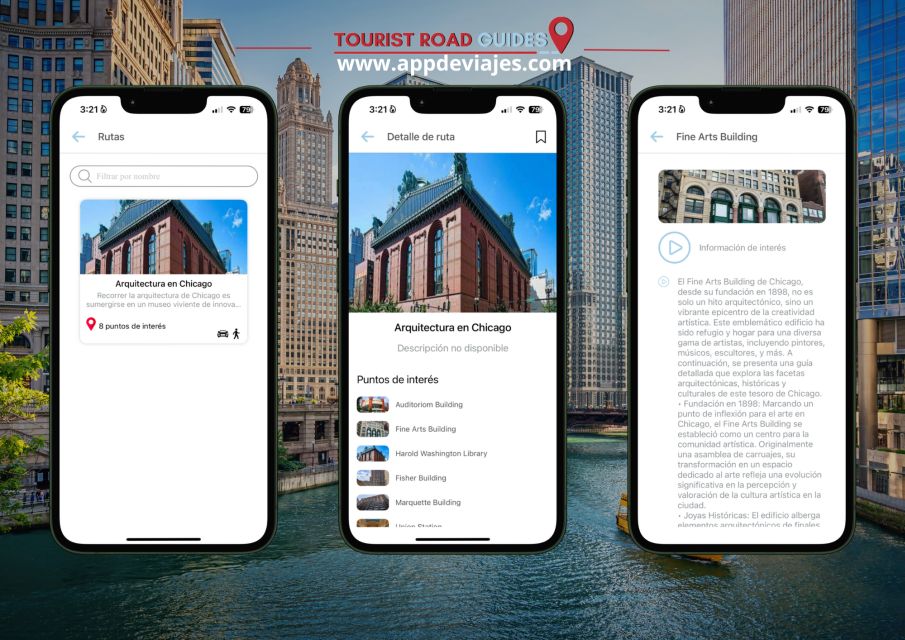
Chicago’s architectural wonders span over a century, from the city’s birthplace of the skyscraper to its modern marvels that grace the skyline.
The iconic Willis Tower, formerly known as the Sears Tower, stands tall as a testament to the city’s engineering prowess. The neo-Gothic Tribune Tower, with its intricate façade, is a stunning example of historic preservation.
Iconic landmarks like 333 Wacker Drive showcase the city’s embrace of postmodern design. Visitors can experience these architectural gems up close through boat tours along the Chicago River, which offer unique perspectives of the city’s diverse buildings.
From the Loop’s architectural landmarks to the modern marvels in Millennium Park, Chicago’s architectural landscape is a testament to its rich history and innovative spirit.
Loving the local insights? Here are more guided experiences we recommend in Chicago
Exploring the Chicago Riverwalk
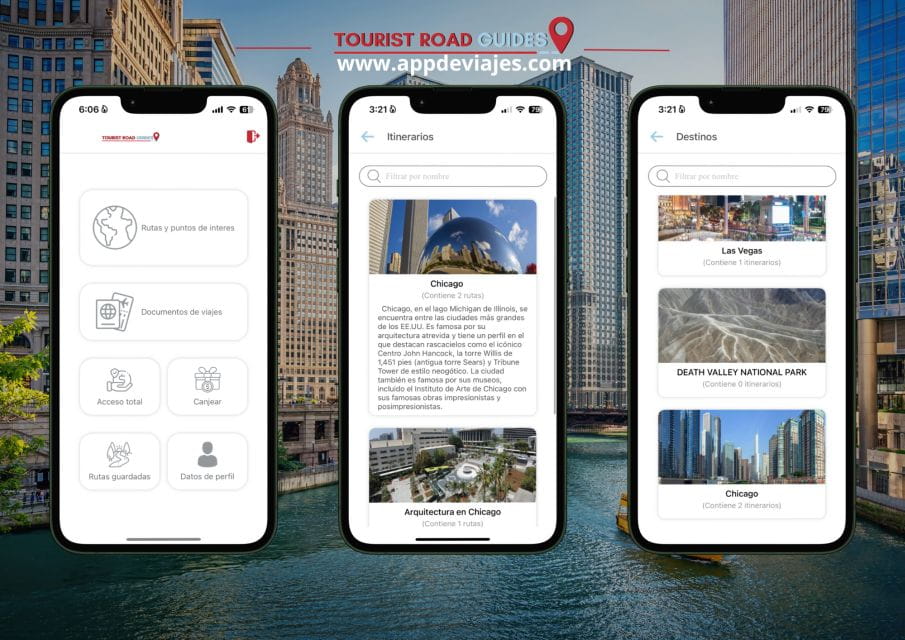
One of the best ways to experience Chicago’s architectural wonders is by taking a stroll along the vibrant Chicago Riverwalk, which offers stunning up-close views of the city’s diverse buildings.
Stretching for over a mile along the banks of the Chicago River, the Riverwalk provides a unique perspective of the city’s renowned skyscrapers and historic structures.
Visitors can marvel at the neo-Gothic Tribune Tower, the sleek modernist design of 333 Wacker Drive, and the iconic Willis Tower, all from the comfort of the scenic riverfront promenade.
Offering a refreshing respite from the bustling city streets, the Riverwalk is a must-visit destination for architecture enthusiasts and casual sightseers alike.
Architectural Highlights of the Loop
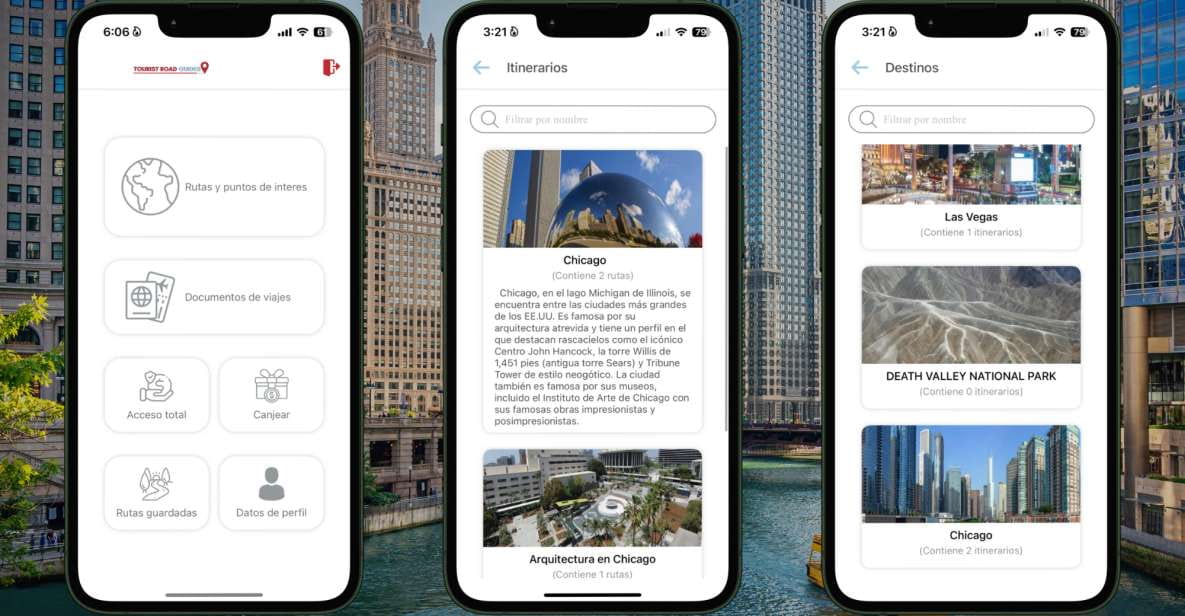
At the heart of Chicago stands the Loop, a bustling district brimming with architectural marvels that have captivated visitors for decades.
One of the most iconic landmarks is the Willis Tower (formerly known as the Sears Tower), which offers panoramic views of the city from its 103rd-floor Skydeck.
Just steps away, the Art Institute of Chicago houses a world-class collection within a landmark building designed by renowned architect Renzo Piano.
The Chicago Cultural Center is another architectural gem, known for its stunning stained-glass domes, including the largest Tiffany glass dome in the world.
These and other architectural wonders make the Loop a must-visit destination for anyone exploring Chicago’s rich architectural heritage.
Marveling at Millennium Park
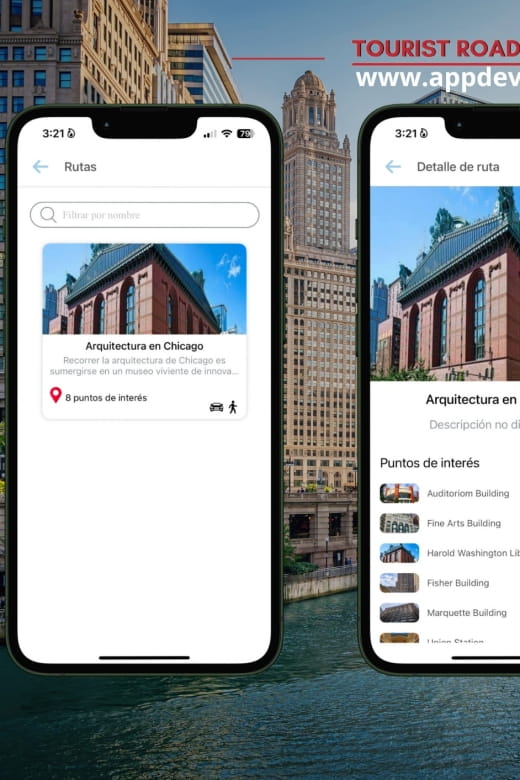
Millennium Park’s iconic landmarks captivate visitors, showcasing the city’s architectural prowess. From the reflective majesty of Anish Kapoor’s Cloud Gate sculpture, known affectionately as ‘The Bean,’ to the sweeping, contemporary design of Frank Gehry’s Jay Pritzker Pavilion, the park presents a diverse array of architectural marvels that have become synonymous with Chicago’s cultural identity.
The mesmerizing reflections of the city skyline in the polished, stainless steel surface of The Bean.
The dynamic, billowing canopy of the Pritzker Pavilion, which hosts world-class concerts and performances.
The modernist elegance of the Crown Fountain, a digital art installation that projects images of Chicagoans onto its towering glass blocks.
Magnificent Mile’s Architectural Landmarks
The Magnificent Mile, Chicago’s premier shopping and dining district, boasts a treasure trove of architectural landmarks that captivate visitors from around the world.
At the heart of this iconic stretch lies the towering John Hancock Center, a 100-story skyscraper renowned for its distinctive X-bracing exterior and observation deck that offers breathtaking views of the city.
Nearby stands the Wrigley Building, a white terra-cotta masterpiece that exemplifies Chicago’s early adoption of zoning laws.
These architectural gems, along with the surrounding high-end stores and restaurants, make the Magnificent Mile a must-see destination for anyone exploring the architectural wonders of the Windy City.
Here are more great tours and experiences we've reviewed in Chicago
Audioguide for Self-Guided Tour
To complement the architectural wonders of Chicago’s Magnificent Mile, visitors can now embark on a self-guided tour enhanced by an immersive audioguide.
This interactive experience allows explorers to delve deeper into the histories and design elements of the area’s iconic buildings, providing a multisensory journey through the city’s rich architectural legacy.
The audioguide features:
- Detailed narratives about the construction, architectural styles, and historical significance of landmarks like the Wrigley Building and John Hancock Center.
- Expert insights from local historians and architects, offering a behind-the-scenes look at the creative visions that shaped these magnificent structures.
- Ambient soundscapes that transport listeners to the era when these buildings were erected, immersing them in the sights and sounds of Chicago’s past.
Discovering Hidden Architectural Gems
Beyond the renowned landmarks of Chicago’s downtown, the city harbors a trove of hidden architectural gems that reward the curious explorer. Nestled amid the bustling streets, these lesser-known buildings showcase the diverse styles and innovation that have defined the city’s evolving skyline.
A prime example is the Chicago Board of Trade Building, a stunning art deco skyscraper that exemplifies the city’s affinity for bold, angular designs. Nearby, the Monadnock Building stands as a testament to the innovation of the late 19th century, with its unique load-bearing exterior walls that allowed for expansive, column-free interiors.
These off-the-beaten-path marvels offer visitors a chance to uncover the rich tapestry of Chicago’s architectural heritage.
Capturing the Essence of Chicago
With its iconic skyline and architectural marvels, Chicago offers a captivating canvas for those seeking to capture the essence of the city. From the towering silhouette of the Willis Tower to the neo-Gothic grandeur of the Tribune Tower, the city’s buildings are a testament to its rich history and innovative spirit.
The Chicago Riverwalk provides a dynamic vantage point, where visitors can:
- Admire the shimmering reflections of skyscrapers in the gently flowing waters
- Witness the interplay of light and shadow as the sun dances across the facades
- Discover hidden architectural details and unexpected perspectives around every bend
Whether through photography, sketching, or simply taking in the sights, Chicago’s architecture invites visitors to enjoy the city’s unique character and unveil its enduring beauty.
Frequently Asked Questions
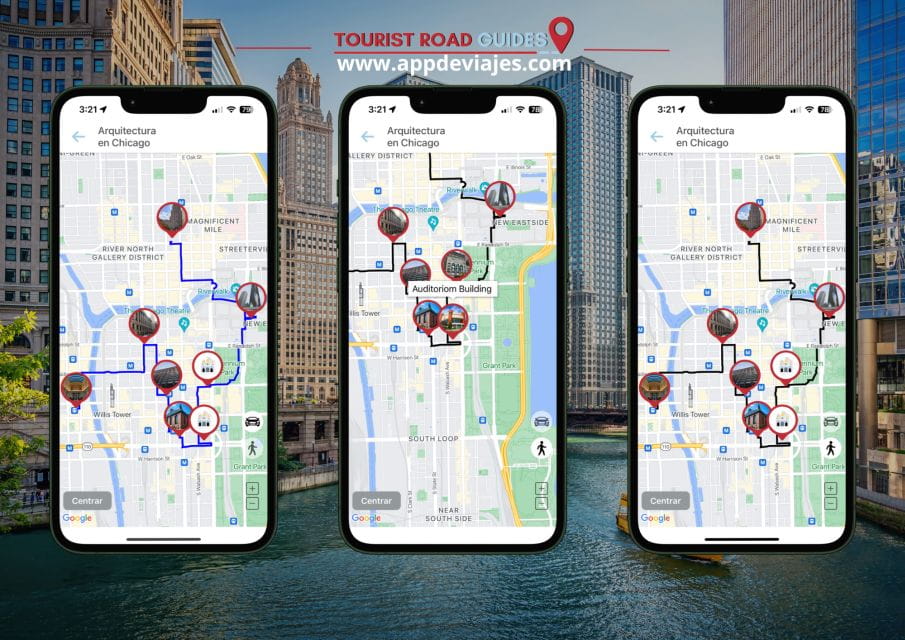
What Are the Best Times of Day to Take Architecture Tours?
The best times to take architecture tours in Chicago are typically in the morning or early afternoon. This allows visitors to see the city’s iconic buildings in optimal lighting conditions and avoid the crowds that can build up later in the day.
Do the Tours Accommodate Visitors With Mobility Challenges?
The architecture boat tours and Riverwalk offer accessible options for visitors with mobility challenges. They provide wheelchair-friendly vessels and ramps along the Riverwalk to ensure everyone can experience Chicago’s architectural wonders up close.
Are There Any Discounts or Package Deals for the Tours?
The architecture tours in Chicago offer various discounts and package deals. Visitors can find reduced prices for seniors, students, and groups. Some tours also bundle admission to top attractions, providing a convenient and cost-effective way to explore the city’s architectural wonders.
Can I Customize the Tour to Focus on My Specific Architectural Interests?
Yes, many of the architectural tour companies allow you to customize the tour to focus on your specific architectural interests. You can often request a specialized tour that highlights the buildings and styles you find most fascinating.
How Long Do the Self-Guided Tours Typically Take to Complete?
The length of the self-guided architectural tours in Chicago varies, but they typically take 2-4 hours to complete, depending on the specific route and the visitor’s pace. Tourists can customize the tours to match their interests and time constraints.
Recap
Exploring Chicago’s architectural wonders has never been more immersive. The self-guided app and audioguide offer a behind-the-scenes look at the city’s iconic landmarks, from skyscrapers to historic gems.
Listeners can dive into the creative visions and construction stories, accompanied by ambient soundscapes that transport them to the era of each building.
This enriching experience enables visitors to discover hidden gems and capture the essence of the Windy City’s unique skyline.
More Self-Guided Tours in Chicago
More Guided Tours in Chicago
More Tour Reviews in Chicago
- Chicago: City Minibus Tour With Optional Architecture Cruise
- Chicago: Secret Interiors Architecture Walking Tour
- Chicago: Architecture River Cruise Skip-the-Ticket Line
- Chicago: 45-Minute Family-Friendly Architecture River Cruise
- Wind City Wanderlust: A Chicago Family Odyssey
- Chicago: Architecture Boat Tour With Drinks
Not for you? Here's more things to do in Chicago we have recnetly reviewed
- Bikes, Bites, and Brews: Chicagos Signature Dishes Bike Tour
- Chicago: Craft Brewery Tour by Barrel Bus
- Romantic Date Private Art Experience
- Chicago: Sloomoo Institute Admission Ticket
- Chicago: Luggage Storage in Wrigleyville
- Chicago: Lake Michigan Buffet Brunch, Lunch or Dinner Cruise
- Chicago: Summer Fireworks Cruise With 3D Glasses and Music
- Chicago: 2.5-Hour Amazing Scavenger Hunt Adventure
- Echoes of Elegance: Chicago’s Architectural Splendors
- Chicago: Family Fun Urban Adventure River and Lake Cruise
- Chicago Lakefront: Seadog Speedboat Ride
- Chicago: Treasures of the Golden Age Walking Tour
